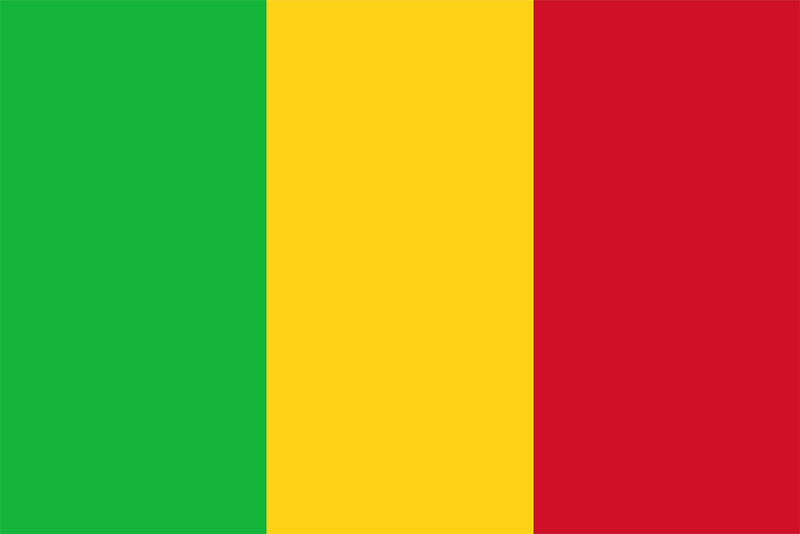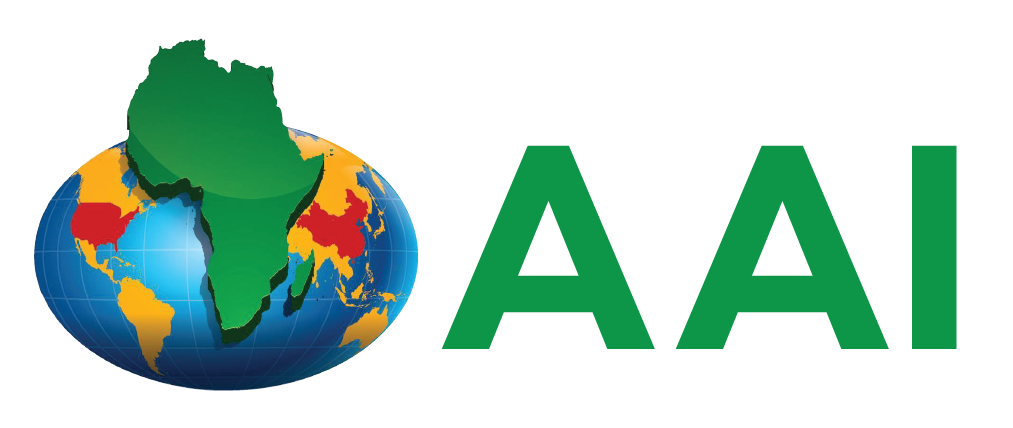Our History

Mali
Official Name:
République du Mali (Republic of Mali)
Total Area (Sq Mi.): 479,245
Population(2020 est.): 20,648,000
Location: Landlocked country of western Africa
Capital: Bamako
Monetary Unit: CFA franc (CFAF)
The name Mali means ‘the place where the king lives’ and carries a connotation of strength. The République du Mali (Republic of Mali) is located in West Africa, between Mauritania, Algeria and Niger. The official language is French, however, 80% of Malians speak Bambara. The current Head of State is the Chairman of the National Committee for the Salvation of the People, Colonel Assimi Goïta. Mali achieved its independence from France in 1960.
Mali’s natural resources are gold, uranium, phosphate, kaolinite, salt and limestone, but its two major exports are gold and cotton, which represent 79% of Malian exports. Tombouctou, a region in Mali historically known as Timbuktu and a UNESCO World Heritage Site, was famous for its ruler, Mansa Musa, who reigned in the early 1300s. In the 14th century it became a flourishing centre for trans-saharan gold and salt and grew as a site for Islamic culture. Three of West Africa’s oldest mosques were built there – Djinguereber (Djingareyber), Sankore, and Sidi Yahia. Sankore University, also in Tombouctou, is considered to be the first university in the world. As the wealth of the city grew, it also became a centre for learning, attracting eminent scholars and precious manuscripts. Mali has made efficient use of hydroelectricity, over half of which Mali’s electrical power consists of.
Like many African countries, Mali has had political unrest, the latest coup d’etat took place this year. Popular unrest began on 5 June 2020 following irregularities in the March and April parliamentary elections, including the arrest of opposition leader, Soumaila Cissé. Colonel-Major Ismaël Wagué has announced the formation of the National Committee for the Salvation of the People (CNSP) and promised elections in the future.

